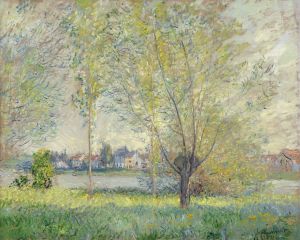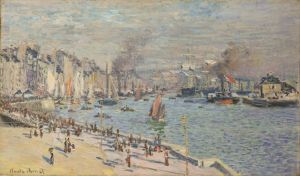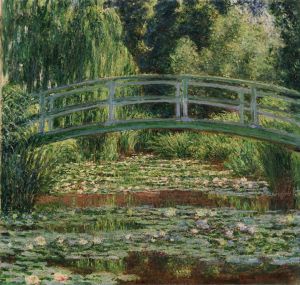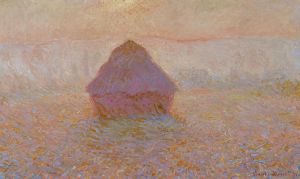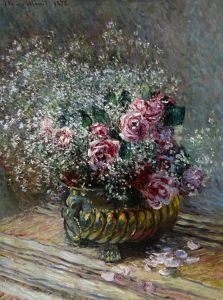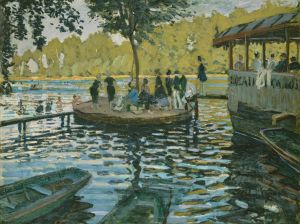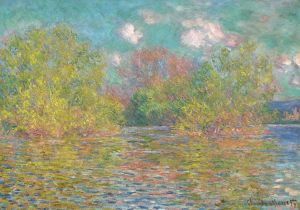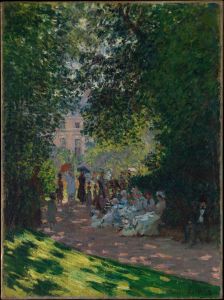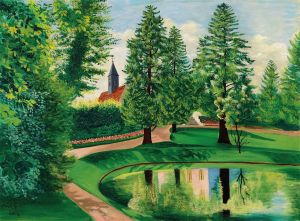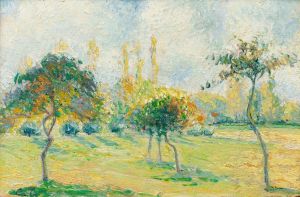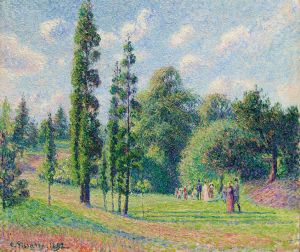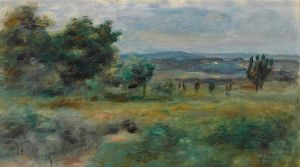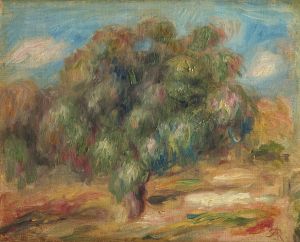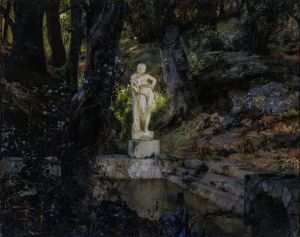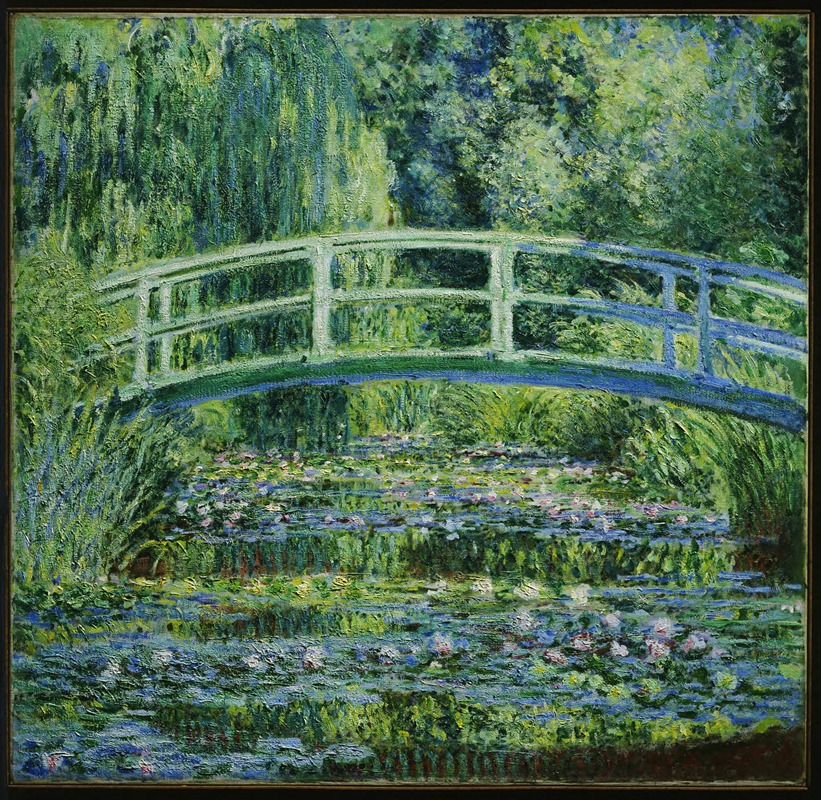
Water Lilies and Japanese Bridge
A hand-painted replica of Claude Monet’s masterpiece Water Lilies and Japanese Bridge, meticulously crafted by professional artists to capture the true essence of the original. Each piece is created with museum-quality canvas and rare mineral pigments, carefully painted by experienced artists with delicate brushstrokes and rich, layered colors to perfectly recreate the texture of the original artwork. Unlike machine-printed reproductions, this hand-painted version brings the painting to life, infused with the artist’s emotions and skill in every stroke. Whether for personal collection or home decoration, it instantly elevates the artistic atmosphere of any space.
Water Lilies and Japanese Bridge is an oil painting created by the French Impressionist artist Claude Monet in 1899. This artwork is part of Monet's celebrated series of paintings that depict his water lily pond and Japanese-style footbridge at his home in Giverny, France. The painting is widely regarded as a masterpiece of Impressionism, showcasing Monet's innovative use of color, light, and brushwork to capture the transient beauty of nature.
Monet moved to Giverny in 1883 and began developing his famous garden, which became a central source of inspiration for his art. By the late 1890s, he had constructed a water lily pond and installed a wooden Japanese bridge, reflecting his fascination with Japanese art and design. The garden and its features were meticulously designed by Monet, who worked closely with gardeners to cultivate the plants and create the serene environment that would inspire his work.
In Water Lilies and Japanese Bridge, Monet focuses on the interplay of light and reflection on the surface of the water, as well as the lush vegetation surrounding the pond. The painting features the arched bridge spanning the pond, framed by weeping willows and other greenery. The water is dotted with blooming water lilies, and the reflections of the sky and trees create a sense of depth and movement. Monet's loose, expressive brushstrokes and vibrant palette capture the fleeting effects of light and atmosphere, hallmarks of the Impressionist style.
This painting is one of several works Monet created of the same subject, as he often painted series to explore changes in light, weather, and seasons. The Water Lilies and Japanese Bridge series marks a pivotal moment in Monet's career, as he increasingly focused on his garden as a primary subject and moved toward a more abstract style in his later years.
Today, Water Lilies and Japanese Bridge is housed in the National Gallery of Art in Washington, D.C., where it continues to be admired for its beauty and artistic significance. Monet's water lily paintings, including this piece, are considered some of the most iconic works of Impressionism and have had a lasting influence on modern art.





